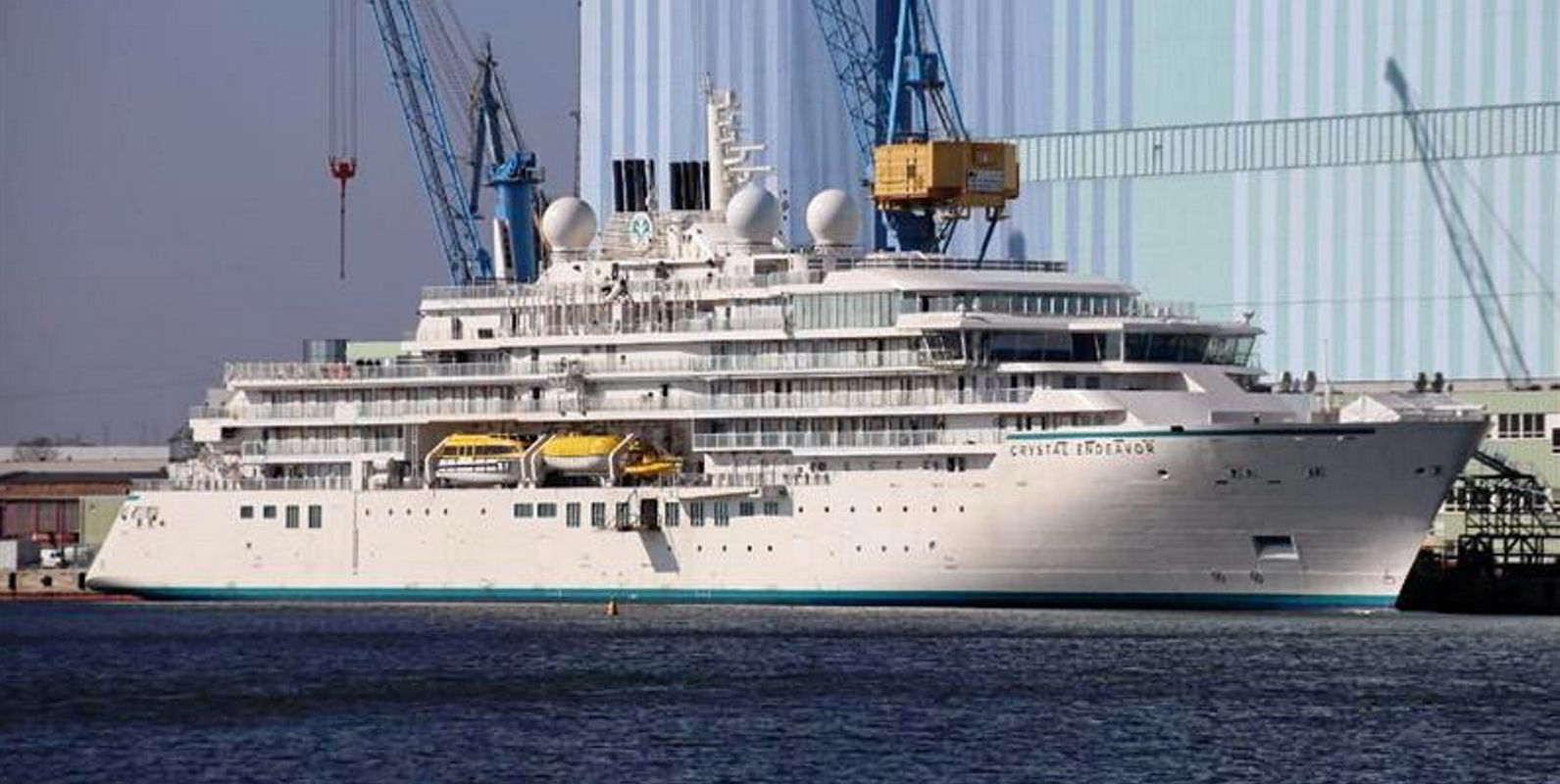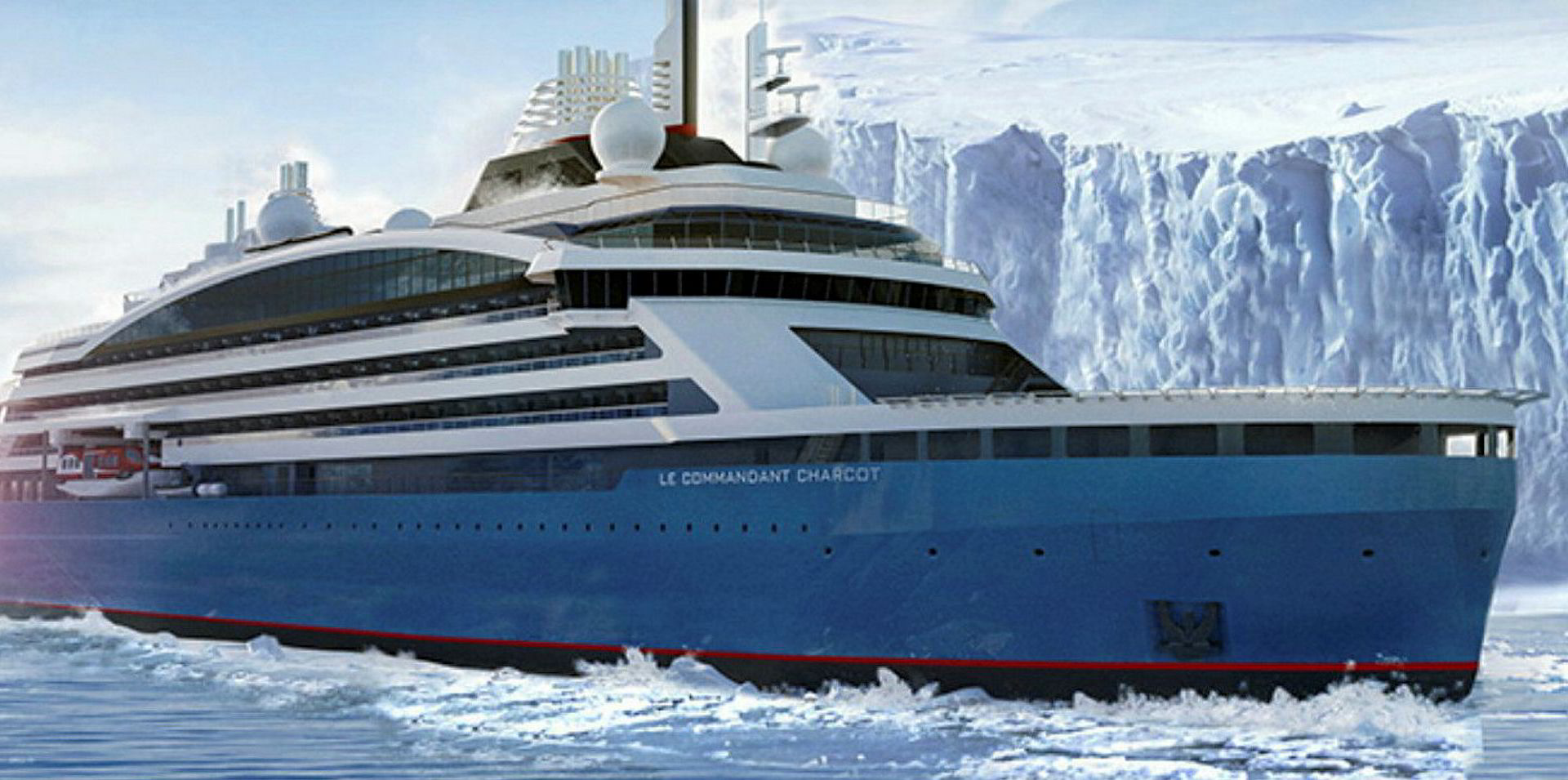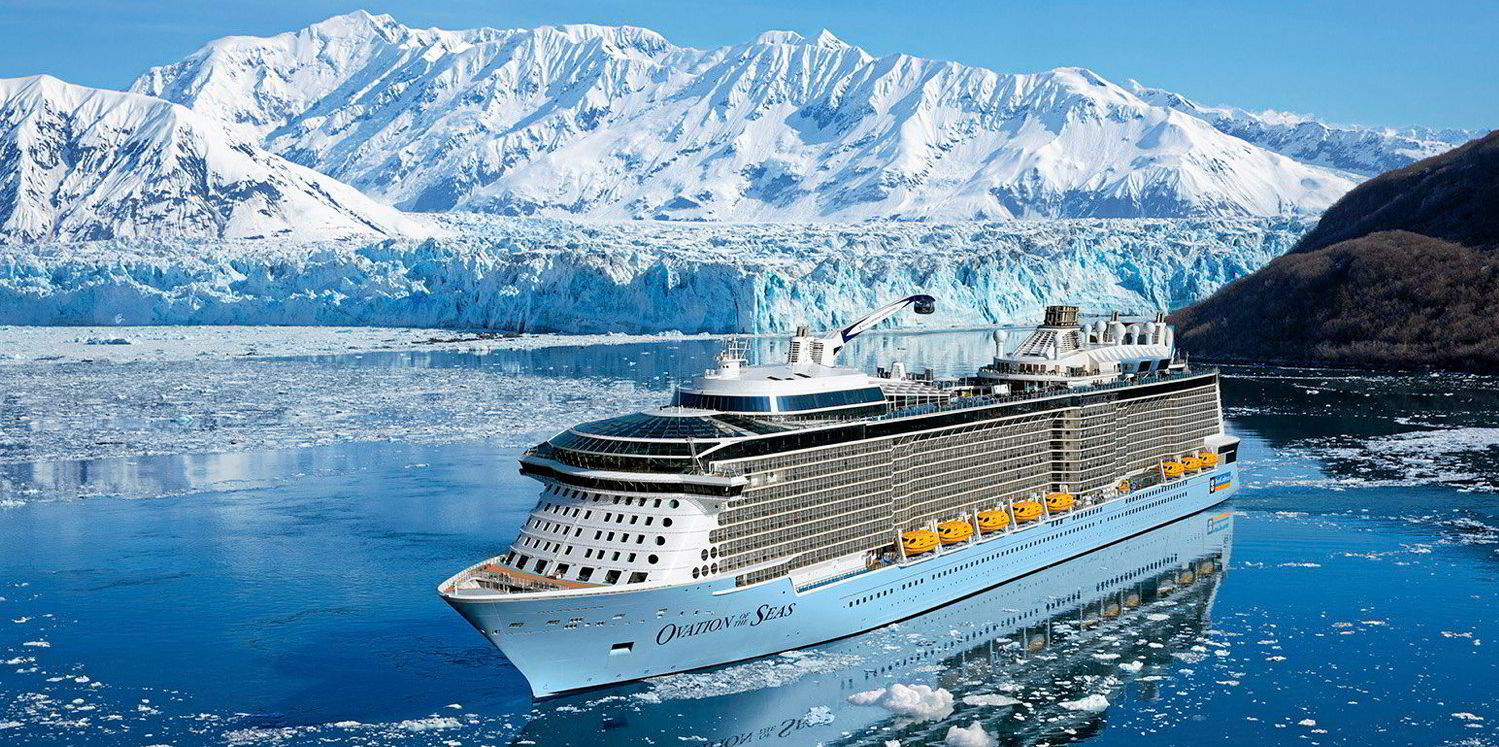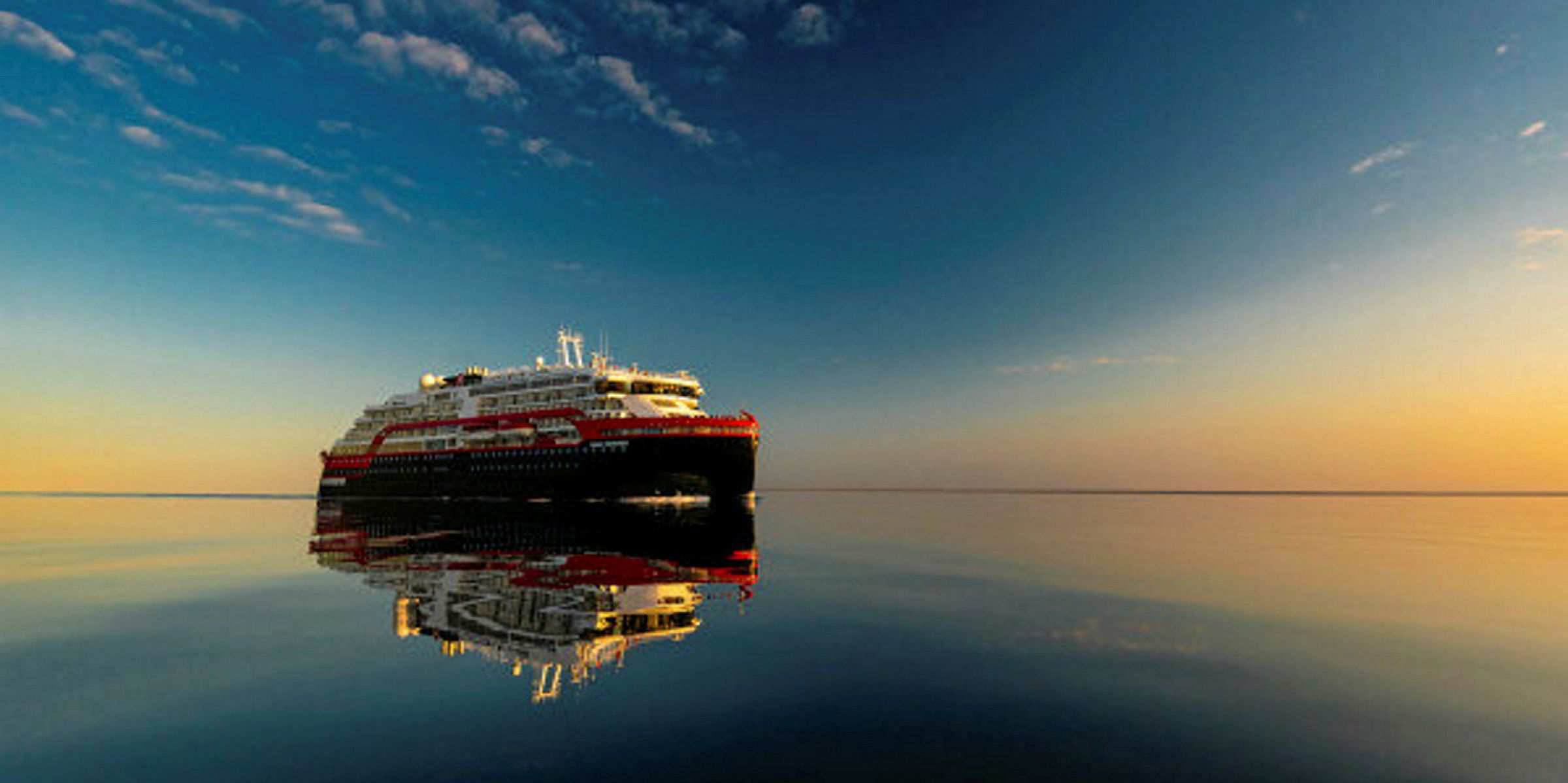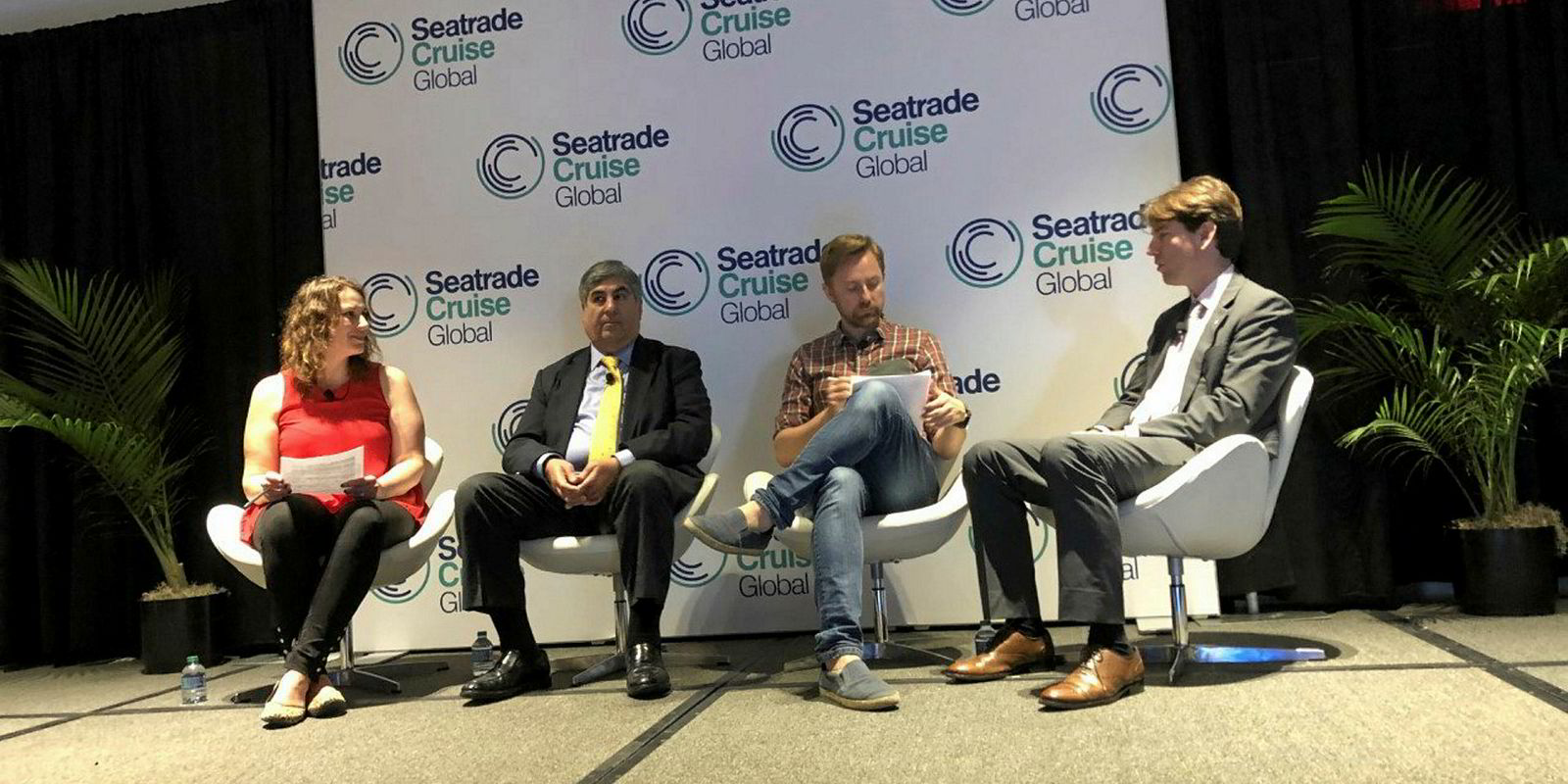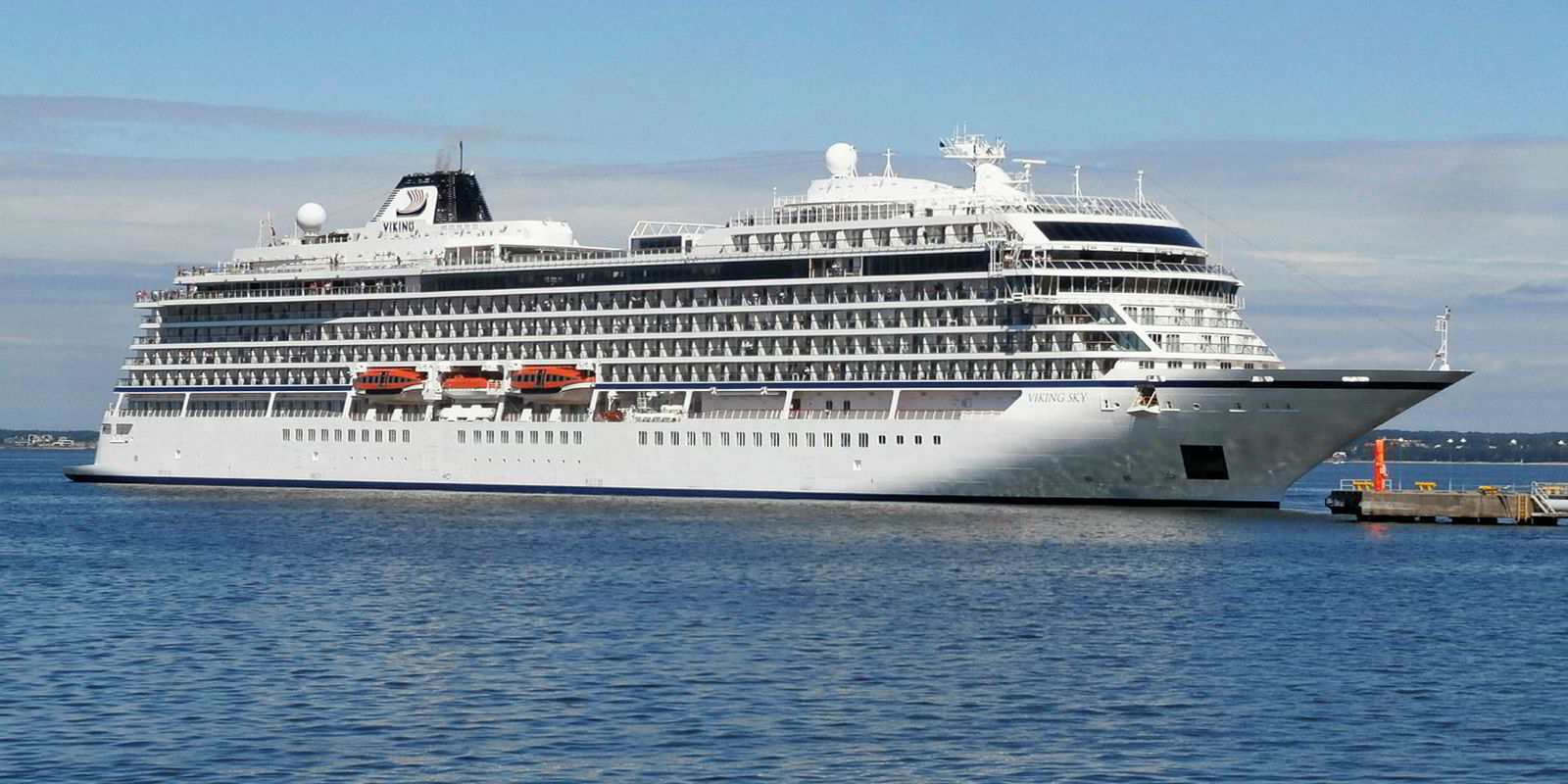Expedition cruiseship operators are working hard to fulfil their customers' desires to visit remote and previously inaccessible regions.
Swan Hellenic — which is building three ice-class expedition cruiseships at Finland's Helsinki Shipyard — France’s Ponant, Hurtigruten of Norway and Swedish-American Lindblad Expeditions are all offering Arctic cruises that they hope to run this year if Covid-19 restrictions allow.
Locations including the Svalbard region off Norway, Franz Josef Land in the Russian Arctic, east Greenland and passages through the Barents Sea region are all on offer to a new generation of cruise passenger.
Considerable interest
The market was experiencing “considerable interest and growth” before the pandemic effectively shut operations in 2020, according to the Association of Arctic Expedition Cruise Operators (AECO).
Annual passenger numbers jumped nearly 154% between 2009 and 2019, rising from 12,744 to 32,356, according to data from AECO, which represent the bulk of operators offering expedition cruising in the region. The association notes that some of the rise is due to companies joining its ranks.
All eyes are on Ponant’s first 230-passenger expedition newbuilding, the 11,000-gt Le Commandant Charcot, which is under construction at Vard Soeviknes in Norway.
The cruiseship is due to undertake its first sea trials in ice in June. A Ponant spokeswoman said the company is “operationally ready” to start its Arctic cruises in Iceland and the Geographic North Pole.
Aker Arctic Technology was the lead designer on this Polar Class 2 vessel.
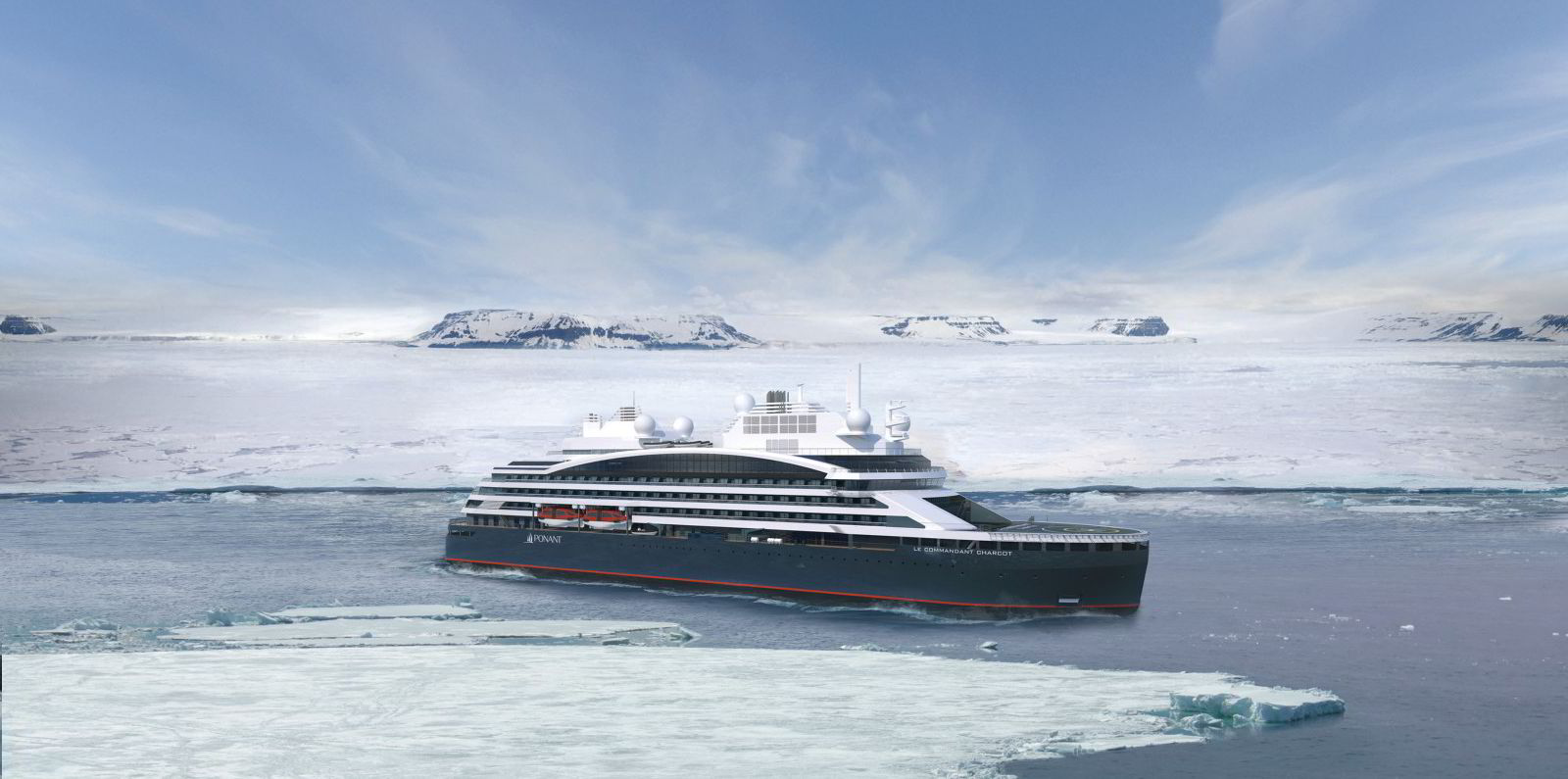
Chief executive and managing director Reko-Antti Suojanen said it is the highest ice-specification cruiseship built, equipped with two azipod thrusters capable of independently breaking ice more than 2 metres thick and moving either stern or bow first.
It is also the first high-polar exploration vessel with a hybrid electric and LNG-fuelled propulsion system.
Fully booked
Pontant’s 16-day voyage to the Geographic North Pole — departing in August at prices from £21,400 ($29,787) — is fully booked.
“This adventure is an opportunity to experience slow navigation in the heart of the silent world of ice,” Ponant said, explaining that the destination is 700 km (435 miles) from any land.
And that is the nub of the issue. The more remote the location the more pressure cruises put on emergency response services and the environment.
We have to work on reducing risk
Odd Jarl Borch
Odd Jarl Borch, professor of emergency management at Norway's Nord University and leader of the Nordlab centre for safety and emergency response, said the challenge is to increase safety so that costly emergency response capacity is not needed.
“We have to work on reducing risk,” he said.
As frequent visitors, expedition cruise operators tend to be familiar with the areas they work in, Borch said. Crew are trained and vessels designed for polar waters and equipped with more environmentally-friendly fuelling systems.
He added that the Arctic expedition cruises have lower passenger numbers — of 150 to 400 — than their non-expedition cruise peers, which means less pressure on emergency responders.
In contrast, Borch said larger cruiseships may sail with several thousand passengers and heavy fuel oil aboard, creating a potential ecological hazard.
Ponant, which is a member of AECO, stresses its attention to safety. The company has bought its own navigation simulator, monitors its fleet in real time and each captain is assisted by an officer specialised in ice conditions.
“The safety equipment aboard allows the ships to withstand extreme conditions while waiting for help to arrive in case of a problem,” the company said.
Wake-up call
But he said that for all cruiseships there are still many natural hazards and unpredictable conditions in Arctic regions.
The March 2019 incident involving Viking Ocean Cruises' 48,000-gt Viking Sky (built 2017) — which suffered engine failure during a storm off Norway requiring the evacuation of nearly 500 passengers — proved something of a wake-up call.
As a result, the Norwegian government set up a commission to work on cruiseship safety measures and emergency response capacity, of which Borch is also a member. It is due to report at the end of this year.
Borch said most countries are doing a great deal to improve cooperation on search and rescue and environmental issues in the region.
“But when it comes to a larger cruise incident there is no capacity that can match the needs of a larger cruiseship as we can see with the Viking Sky,” he said. “That made us think.”


